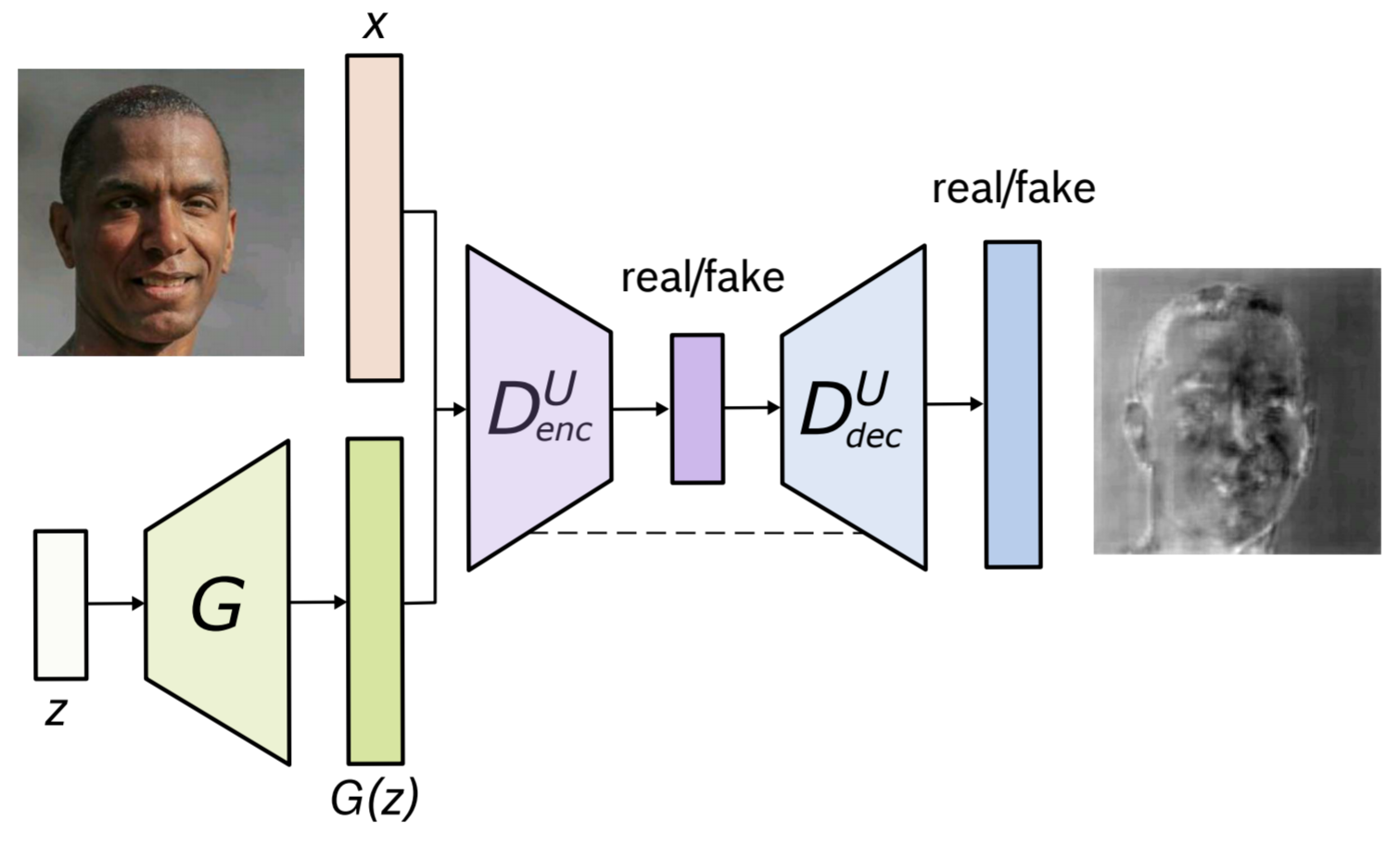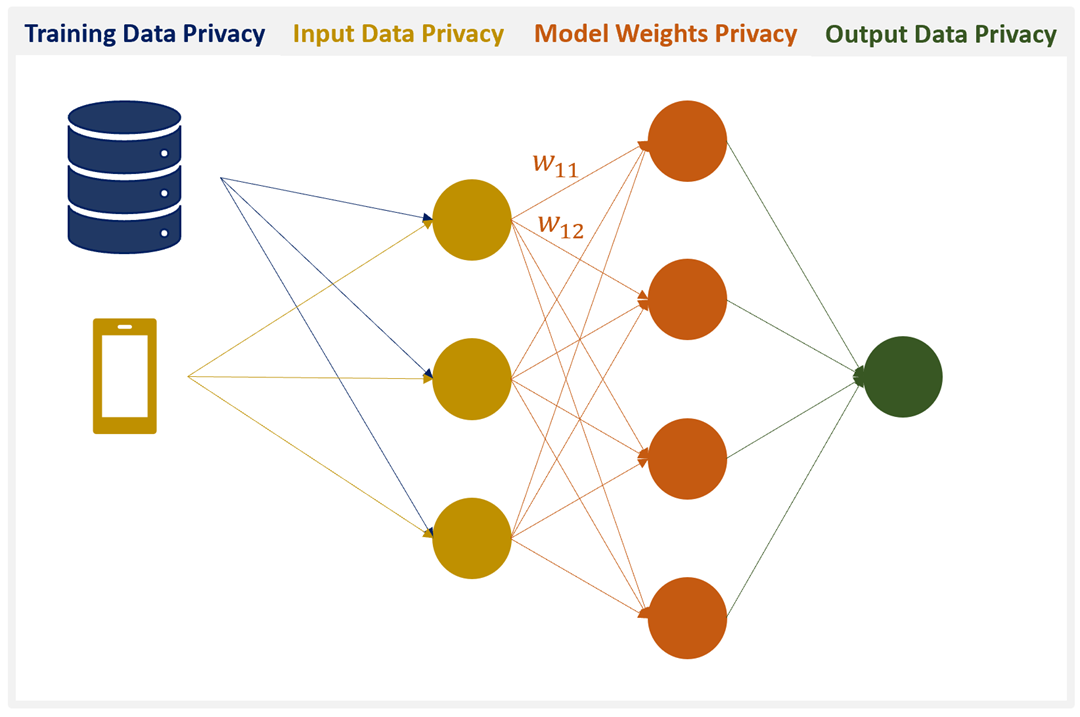
AI has enormous potential, but the impact it can have on EU health systems is small and untapped. While AI has enormous potential, 44% of healthcare professionals still haven't been involved in developing or deploying AI solutions. We discuss the possibilities of AI for healthcare and the challenges it faces. This article also addresses some regulatory issues. It provides valuable insights into AI's potential to improve patient-care.
AI has a positive impact on patient care
AI in healthcare will allow us to better diagnose illnesses, automate routine tasks, and support users with quicker answers. AI will ultimately improve patient care quality and save lives. 926 respondents from the United States expressed concern about AI's impacts on health care. Although respondents were identical in age, race and ethnicity they expressed concern over unintended effects such as misdiagnosis, privacy breaches and reduced time with doctors and higher costs.
AI can aid in diagnosis, patient self-service, drug discovery, and patient self-care. It can also reduce errors and cost, which can all lead to better patient care. It will be necessary to engage professionals and providers in early AI adoption. This will require innovative, well-designed solutions. AI will have a significant impact on clinical workflows, but it will be a while before AI is widespread adoption in all aspects of health care. It is vital that healthcare providers prepare for AI's potential impact on patient care, even though the technology is already in use in a number of ways.

Adoption Challenges
AI can help augment the expertise of healthcare providers by improving operational efficiency, allowing staff to focus on patient care. AI can also help hospitals anticipate patient flow and manage patient flow from admission to discharge, enabling them to adapt quickly to changing circumstances. AI can empower patients to make their own health decisions and save them money on emergency room visits. Remote patient monitoring allows AI to link patients with healthcare professionals whenever they require assistance.
AI can quickly read CT scans and unstructured information from EHRs faster than human radiologists. While it is clear that AI can streamline healthcare data interactions, many challenges still remain. For example, there are privacy concerns and ethical concerns. AI in healthcare will require the collaboration of all healthcare stakeholders. For organizations to be successful, they must have a good understanding of AI. Larger healthcare solution providers can help organizations integrate AI applications.
Opportunities
AI is a powerful tool in healthcare. It can help with early diagnosis, treatment, and reducing errors. It can also be used early to detect disease and allow doctors to provide more tailored, individualized treatments. These technologies can also be used at every stage of the patient's journey. This allows for cost savings and synergies. However, AI must be tested extensively and proven to work in clinical practice before it can be used routinely.
AI algorithms can be used to assist physicians in making better medical decisions by providing data from millions of cases. They are also trained in telling doctors whether a decision is likely lead to the best treatment. AI can also aid in the diagnosis of difficult-to-evaluate diseases, such as Alzheimer's and diabetes. These systems are able to analyse vocal recordings and movements to detect symptoms. These new innovations will increase the quality of care and decrease unnecessary costs.

Regulation
Healthcare providers are now looking for innovative ways to increase patient outcomes and reduce costs, thanks to artificial intelligence (AI). This area is heavily regulated in the United States. These regulations are a concern for technology companies looking to incorporate AI in their products and services. They should also consider how this regulation will affect their business model. These are five crucial steps to ensure AI's success within the health care industry.
Privacy is the first step towards effective regulation of AI in healthcare. AI offers enormous potential. However it is crucial to balance privacy concerns and progress. It will take precise regulation to achieve this. Multidisciplinary research groups need to include a legislative expert. The EC has a regulatory structure similar to the one for medical devices. If the legislation passes, international standardisation of AI regulation will likely be possible. If it does not pass, it will still be possible to find best practice regulation for the healthcare sector.
FAQ
What can you do with AI?
AI serves two primary purposes.
* Prediction - AI systems can predict future events. AI can help a self-driving automobile identify traffic lights so it can stop at the red ones.
* Decision making - Artificial intelligence systems can take decisions for us. For example, your phone can recognize faces and suggest friends call.
What does AI look like today?
Artificial intelligence (AI), also known as machine learning and natural language processing, is a umbrella term that encompasses autonomous agents, neural network, expert systems, machine learning, and other related technologies. It's also known as smart machines.
Alan Turing, in 1950, wrote the first computer programming programs. He was interested in whether computers could think. He suggested an artificial intelligence test in "Computing Machinery and Intelligence," his paper. This test examines whether a computer can converse with a person using a computer program.
In 1956, John McCarthy introduced the concept of artificial intelligence and coined the phrase "artificial intelligence" in his article "Artificial Intelligence."
Today we have many different types of AI-based technologies. Some are easy and simple to use while others can be more difficult to implement. These include voice recognition software and self-driving cars.
There are two major types of AI: statistical and rule-based. Rule-based AI uses logic to make decisions. To calculate a bank account balance, one could use rules such that if there are $10 or more, withdraw $5, and if not, deposit $1. Statistic uses statistics to make decision. For example, a weather prediction might use historical data in order to predict what the next step will be.
What is the future of AI?
Artificial intelligence (AI), the future of artificial Intelligence (AI), is not about building smarter machines than we are, but rather creating systems that learn from our experiences and improve over time.
In other words, we need to build machines that learn how to learn.
This would involve the creation of algorithms that could be taught to each other by using examples.
You should also think about the possibility of creating your own learning algorithms.
You must ensure they can adapt to any situation.
Is there any other technology that can compete with AI?
Yes, but still not. Many technologies exist to solve specific problems. However, none of them can match the speed or accuracy of AI.
How does AI function?
To understand how AI works, you need to know some basic computing principles.
Computers save information in memory. Computers interpret coded programs to process information. The code tells the computer what it should do next.
An algorithm is a sequence of instructions that instructs the computer to do a particular task. These algorithms are typically written in code.
An algorithm can be considered a recipe. A recipe could contain ingredients and steps. Each step can be considered a separate instruction. For example, one instruction might say "add water to the pot" while another says "heat the pot until boiling."
Are there potential dangers associated with AI technology?
Of course. There always will be. AI is a significant threat to society, according to some experts. Others believe that AI is beneficial and necessary for improving the quality of life.
AI's greatest threat is its potential for misuse. If AI becomes too powerful, it could lead to dangerous outcomes. This includes robot dictators and autonomous weapons.
Another risk is that AI could replace jobs. Many people worry that robots may replace workers. Some people believe artificial intelligence could allow workers to be more focused on their jobs.
Some economists even predict that automation will lead to higher productivity and lower unemployment.
AI: Why do we use it?
Artificial intelligence refers to computer science which deals with the simulation intelligent behavior for practical purposes such as robotics, natural-language processing, game play, and so forth.
AI can also be called machine learning. This refers to the study of machines learning without having to program them.
AI is being used for two main reasons:
-
To make our lives simpler.
-
To be able to do things better than ourselves.
Self-driving cars is a good example. AI is able to take care of driving the car for us.
Statistics
- The company's AI team trained an image recognition model to 85 percent accuracy using billions of public Instagram photos tagged with hashtags. (builtin.com)
- In 2019, AI adoption among large companies increased by 47% compared to 2018, according to the latest Artificial IntelligenceIndex report. (marsner.com)
- More than 70 percent of users claim they book trips on their phones, review travel tips, and research local landmarks and restaurants. (builtin.com)
- A 2021 Pew Research survey revealed that 37 percent of respondents who are more concerned than excited about AI had concerns including job loss, privacy, and AI's potential to “surpass human skills.” (builtin.com)
- That's as many of us that have been in that AI space would say, it's about 70 or 80 percent of the work. (finra.org)
External Links
How To
How to set up Amazon Echo Dot
Amazon Echo Dot is a small device that connects to your Wi-Fi network and allows you to use voice commands to control smart home devices like lights, thermostats, fans, etc. To begin listening to music, news or sports scores, say "Alexa". Ask questions, send messages, make calls, place calls, add events to your calendar, play games and read the news. You can also get driving directions, order food from restaurants or check traffic conditions. Bluetooth headphones or Bluetooth speakers can be used in conjunction with the device. This allows you to enjoy music from anywhere in the house.
An HDMI cable or wireless adapter can be used to connect your Alexa-enabled TV to your Alexa device. An Echo Dot can be used with multiple TVs with one wireless adapter. Multiple Echoes can be paired together at the same time, so they will work together even though they aren’t physically close to each other.
To set up your Echo Dot, follow these steps:
-
Turn off your Echo Dot.
-
You can connect your Echo Dot using the included Ethernet port. Make sure that the power switch is off.
-
Open Alexa on your tablet or smartphone.
-
Select Echo Dot from the list of devices.
-
Select Add New Device.
-
Select Echo Dot (from the drop-down) from the list.
-
Follow the instructions.
-
When asked, enter the name that you would like to be associated with your Echo Dot.
-
Tap Allow access.
-
Wait until your Echo Dot is successfully connected to Wi-Fi.
-
This process should be repeated for all Echo Dots that you intend to use.
-
Enjoy hands-free convenience